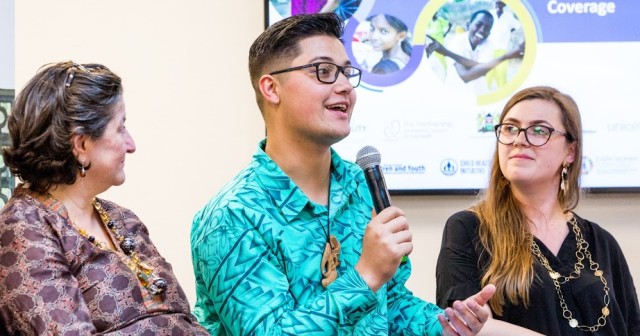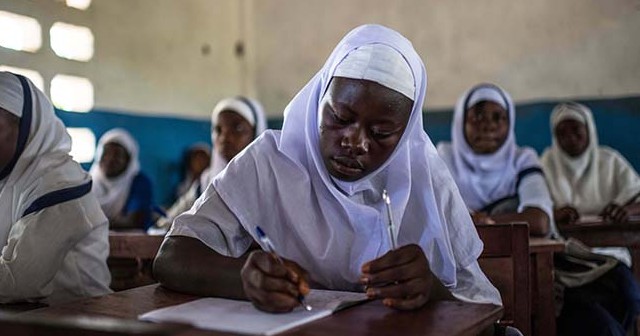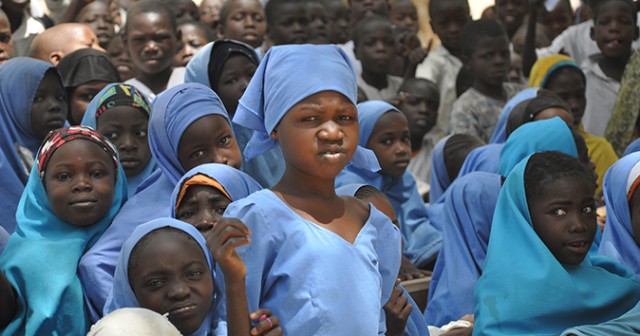Let Me Decide and Thrive
Let Me Decide and Thrive: Global discrimination and exclusion of girls with disabilities
Girls and young women with disabilities are the least likely group within a community to enjoy their sexual and reproductive health and rights (SRHR). For International Day for Persons with Disabilities, we are pleased to share this joint report with Catalina Devandas Aguilar, UN Special Rapporteur on the Rights of Persons with Disabilities.
While girls and young women with disabilities have the same concerns and needs in regards to sexuality, relationships and identity as their peers and share similar patterns of sexual behaviour, there are prevalent and competing assumptions that they are either asexual or hypersexual.
These misconceptions present a distorted image of their reality and challenge the realisation of their sexual and reproductive health and rights. Within this context, young women with disabilities who identify as LGBTIQ face additional barriers to their right to assert their own sexual orientation and gender identity.
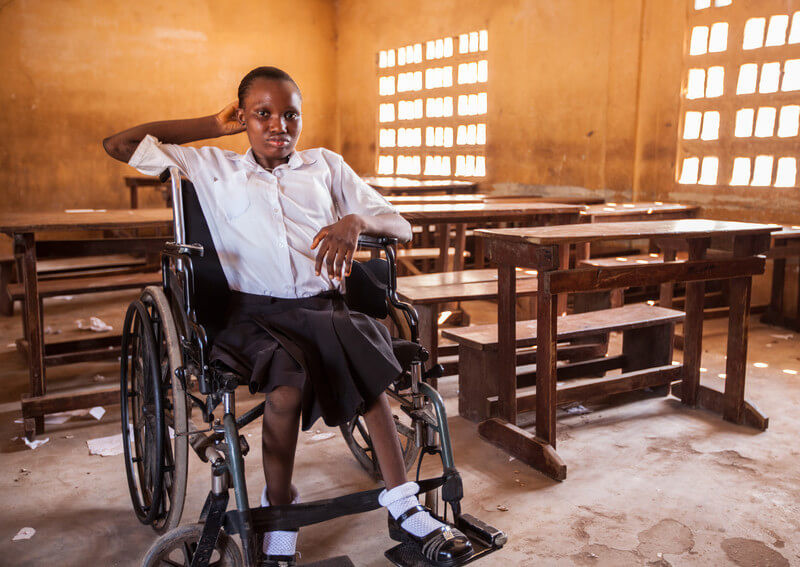
Girls and young women with disabilities have the same sexual and reproductive health and rights as other girls and young women, as recognised by a wide range of international frameworks including the Convention on the Rights of the Child and Convention on the Elimination of all forms of Violence against Women.
Girls and young women are often discriminated against, left behind and become invisible in society due to the stigma and negative social norms associated with disabilities.
Lack of reliable data and statistics
Globally, there are between 93 and 150 million children and between 180 and 220 million young people with disabilities.
There is only a rough global estimate of the prevalence of children and young people with disabilities as national census data is generally not being disaggregated by gender, age or type of disability. The stigma of disability also leads to a reporting bias among census respondents which results in an ‘invisible’ population of people with disabilities.
Lack of agency and violence
Girls and young women with disabilities are often infantilised, disempowered and robbed of the agency they need to make decisions about their own bodies, sexuality and lives. Many of these decisions are made for them by family members and other care takers and commonly include sterilisation, abortion and contraception use, under the justification of protecting girls and young women from harm.
In the context of disempowerment, girls and young women with disabilities are disproportionally affected by violence – almost four times as much as their non-disabled peers.
This shocking level of abuse is further exacerbated by substantial barriers they face in accessing justice. Abuse is often not reported due to fears of retribution, abandonment and single parenthood, as well as doubts they will be believed.
In many countries the legislative and court systems often fail to acknowledge girls and young women with disabilities as competent witness, especially those with intellectual disabilities. A lack of age and gender-sensitive support services, accessibility provisions and alternative forms of communication add further barriers in reporting and achieving justice.
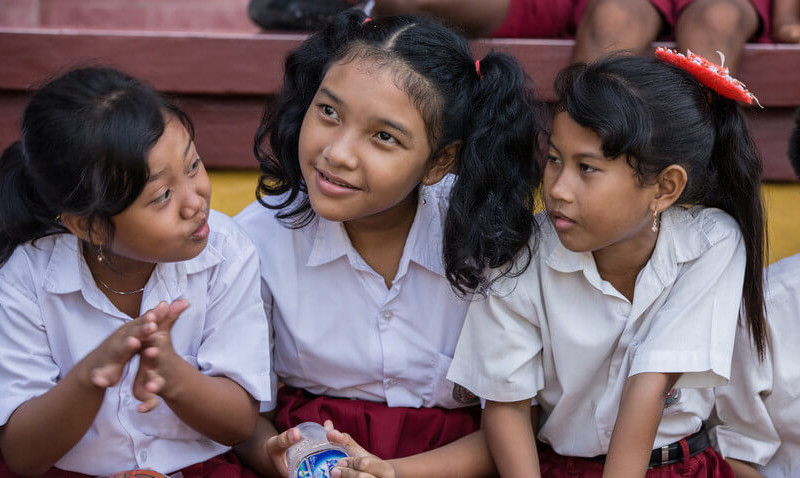
Menstruation and menstrual hygiene
In many societies, taboos and social norms around menstruation and menstrual hygiene affect the autonomy of all girls and women, but they can have particularly debilitating effects for girls and young women with disabilities.
The absence of appropriate facilities at school, lack of education resources and support for menstrual hygiene results in many staying at home or being sent to special schools. It can also lead to grave violations of rights such as forced hysterectomies or use of contraception to eliminate or reduce menstruation.
No time to waste
As a group, girls and young women with disabilities remain largely in the dark about their rights entitlements and are seldom thought of as rights holders. There is no time to waste to tackle the profound discrimination and invisibility they face.
In Let Me Decide and Thrive, we make a series of recommendations for States, policy makers, civil society actors and SRHR service providers to tackle the systemic exclusion of girls and young women with disabilities, and ensure their full realisation of their sexual and reproductive health and rights.
On 3 December it is International Day for Persons with Disabilities and we hope that the international community uses this moment to collaborate across the SRHR, girls and women’s rights and disabilities sectors, as well as with the girls and young women with disabilities themselves.
Latest stories for you
Really reaching the most marginalised?
Baroness Goudie on the role of research in understanding the realities of girls' lives.
Adolescents: the missing population in universal health coverage
Adolescents’ needs must be included if we’re to achieve health and wellbeing for all.
Why adolescent girls in crises must be a priority to unlock education for all
The unique challenges faced by girls must be overcome to achieve the SDG on education.
Beyond Brexit
We ask: what could a post-Brexit ‘global Britain’ look like?
Show more

